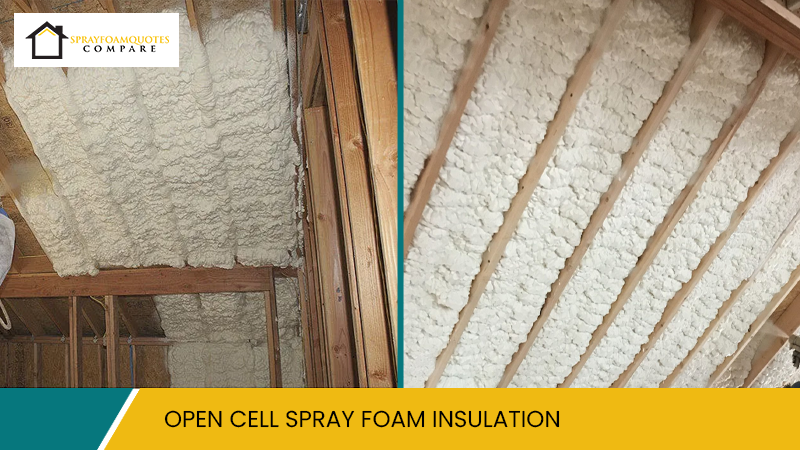In the quest for energy-efficient homes, homeowners and builders alike are continually seeking effective solutions for reducing energy consumption and enhancing comfort. Among the myriad of options available, spray foam insulation stands out as a leading choice for those looking to improve their home’s thermal insulation. In this blog, we will delve into the specific benefits of open cell spray foam, a variant of spray foam insulation, and how it contributes to energy savings and overall insulation for energy efficiency.
Understanding Open Cell Spray Foam Insulation
Spray foam insulation comes in two primary types: open cell and closed cell. Open cell spray foam is characterized by its softer, more flexible texture, resulting from its unique cellular structure where the cells are not completely encapsulated. This structure gives open cell spray foam its distinct advantages in certain applications.
Superior Thermal Insulation
The primary function of any insulation is to reduce the transfer of heat. Open cell spray foam excels in this regard, offering exceptional thermal insulation. Its expansive nature allows it to fill nooks, crannies, and hard-to-reach areas, ensuring a comprehensive barrier against heat transfer. This leads to a more consistent indoor temperature, reducing the strain on heating and cooling systems, and thereby contributing to significant energy savings.
Enhanced Energy Efficiency
For those looking to create energy-efficient homes, open cell spray foam is a sound investment. By creating an air-tight seal, it minimizes air leaks, which are a common culprit for energy loss in homes. This seal keeps warm air in during the winter and cool air in during the summer, reducing the need for excessive heating or cooling. The result is a more energy-efficient home with lower energy bills and a reduced carbon footprint.
Improved Indoor Air Quality and Moisture Control
Open cell spray foam’s air-sealing qualities also contribute to improved indoor air quality. By blocking the infiltration of outdoor allergens, pollutants, and moisture, it helps maintain a healthier indoor environment. Additionally, its moisture control capabilities prevent the growth of mold and mildew, which are common problems in homes without proper insulation.
Sound Dampening Properties
A lesser-known benefit of open cell spray foam is its sound dampening qualities. Its soft and flexible nature allows it to absorb sound, making it an excellent choice for reducing noise pollution. This is particularly beneficial in homes near busy streets or in multi-family dwellings, where external and internal noise can be a concern.
Sustainability and Longevity
While the initial investment in open cell spray foam might be higher than traditional insulation materials, its durability and longevity make it a cost-effective solution in the long run. It does not settle or degrade over time, maintaining its insulating properties for years. This longevity contributes to its sustainability, as it reduces the need for replacement and minimizes waste.
Conclusion
Incorporating open cell spray foam into your home’s insulation plan is a smart move for those prioritizing energy efficiency, comfort, and sustainability. Its superior thermal insulation, energy savings, and additional benefits like moisture control and sound dampening make it an all-encompassing solution for modern, energy-efficient homes. As with any home improvement project, it’s important to consult with industry professionals to ensure that open cell spray foam is the right choice for your specific needs and to guarantee a proper and safe installation.


